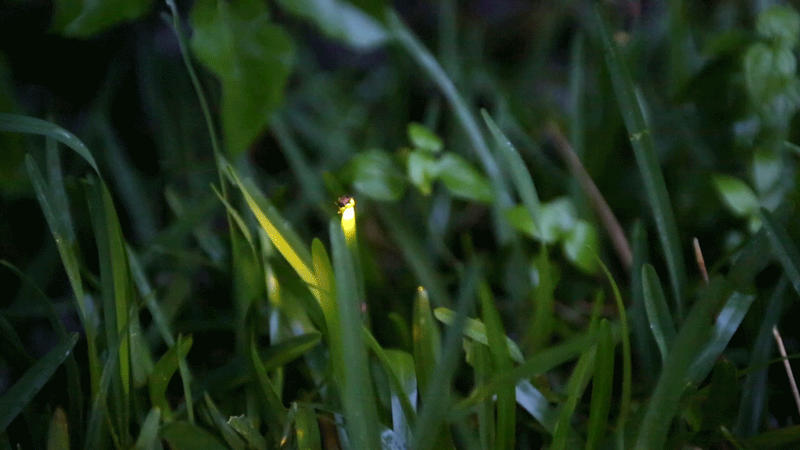From KUT:
When a lot of people suddenly notice the same thing at the same time, it might be worth looking into. This year in Central Texas that’s what’s happening with fireflies. There is an unusually large number of them lighting up the early evening, and people are wondering why.
“I think what we’re looking at is the rain that we’ve been having,” says Wizzie Brown, an entomologist with Texas A&M AgriLife Extension Service.
She’s not just talking about the rain this year. It turns out it takes time for a firefly to grow. They need a wet spring to lay a bunch of eggs. Then the larvae need moisture as they grow underground for at least a year before emerging.
“When we were in the drought cycle you hardly ever saw any fireflies at all. But now that we’ve had the really wet spring last year and were having the really torrential rains, it seems like they never end. They’re definitely building up,” she says.
That could go against a national trend. There’s no hard data on this, but a lot of researchers think lightning bug numbers are declining in most of the country.
“Everything about the ways we are developing the land suggests that it would be eliminating fireflies,” says Fitchberg State University’s Dr. Chris Cratsley. He works on the citizen-science project FireFly Watch, where you can report firefly sightings online.
Cratsley is talking about big development, like digging up and paving the earth. But he says little things you do in your backyard can also have an impact. Cutting lawns too short can hurt the bugs, using pesticides might too.
Then there’s light pollution. Too much light can confused the insects, causing them to emerge at the wrong time, or making it difficult for them to find each other in the night.
“With the fireflies a lot of them will do their flash signals to either find mates to breed, or they’ll do it for finding food,” Wizzie Brown says. “There are some species that will mimic the flash patterns of other fireflies to draw them in, and then they’ll eat them. It’s awesome!”
If you want to help out these sparkling, and only occasionally cannibalistic, beauties, there are some things you can do. Cratsely suggests leaving parts of your lawn a little wild, turning off your outdoor lights and maybe thinking twice before applying pesticides. If people follow those tips, and if downpours continue, we might see more lightning bugs a year from now.

















